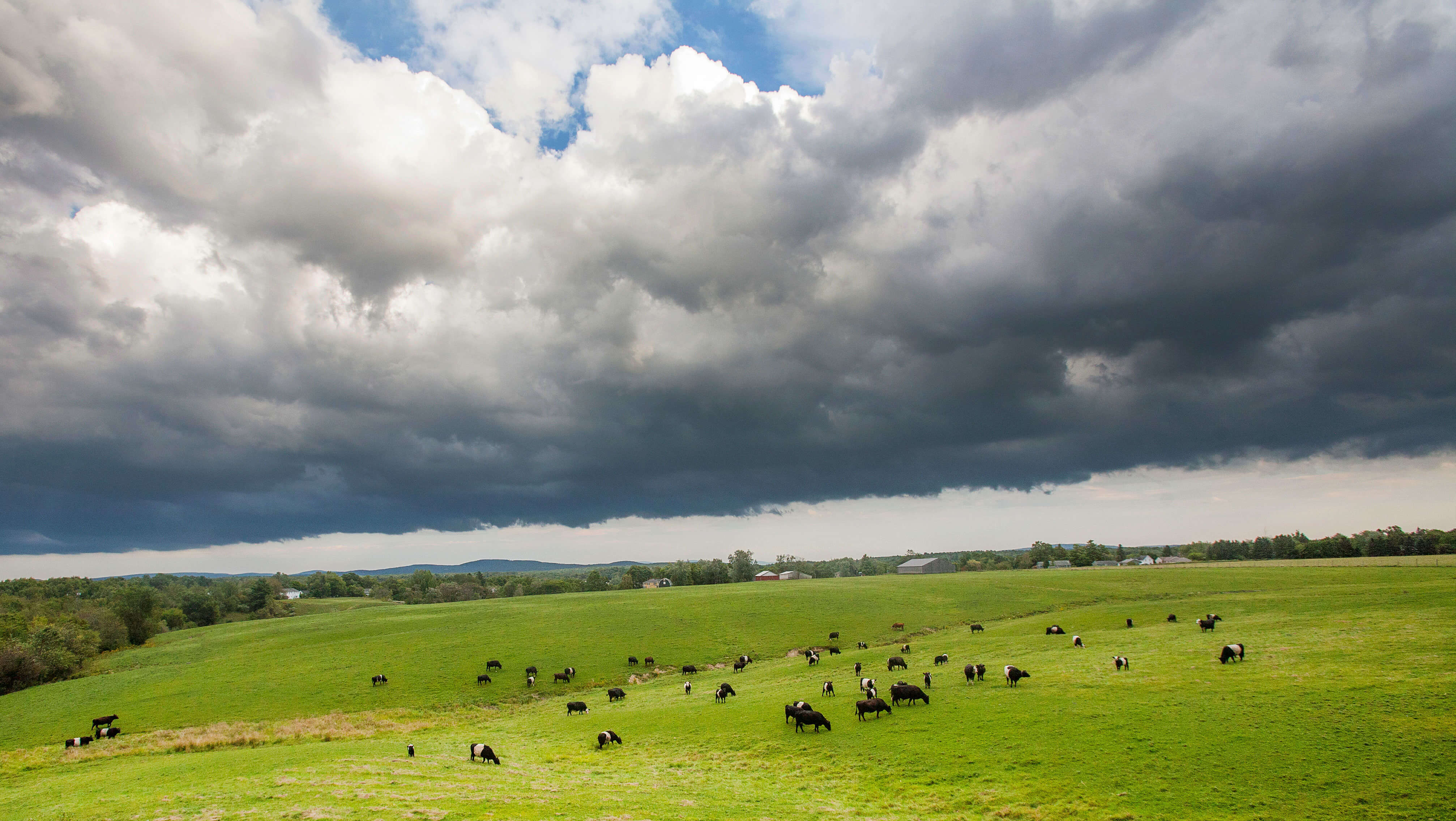The rate of air and sea warming is increasing. Precipitation is increasing in intensity and volume, and sea level is not only rising, but rising faster than in the previous century.
“Maine’s Climate Future — 2020 Update” builds on previous reports, “Maine’s Climate Future — 2015 Update,” “Maine’s Climate Future – An Initial Assessment in 2009” and “Coastal Maine Climate Futures.” The new report also was supported by Schoodic Institute at Acadia National Park.
“The goal of this work is to build on reporting at the global scale through the Intergovernmental Panel on Climate Change and at the national scale through the periodic National Climate Assessments,” says Ivan Fernandez, UMaine professor of soil science and forest resources, and the report’s lead author. “What is most important for Maine people is information that is local, from our backyard.”
Key new findings include faster rates of warming along the coast compared to interior and northern Maine, and changes in Maine winters. Average minimum temperatures in Maine are warming 60% faster than average maximums.
The growing season is more than two weeks longer with warmer springs and even warmer falls. In contrast, in the Gulf of Maine, it is the summer season that has warmed. And the weather is becoming more and more uncertain.
Continue reading at University of Maine
Image via University of Maine


